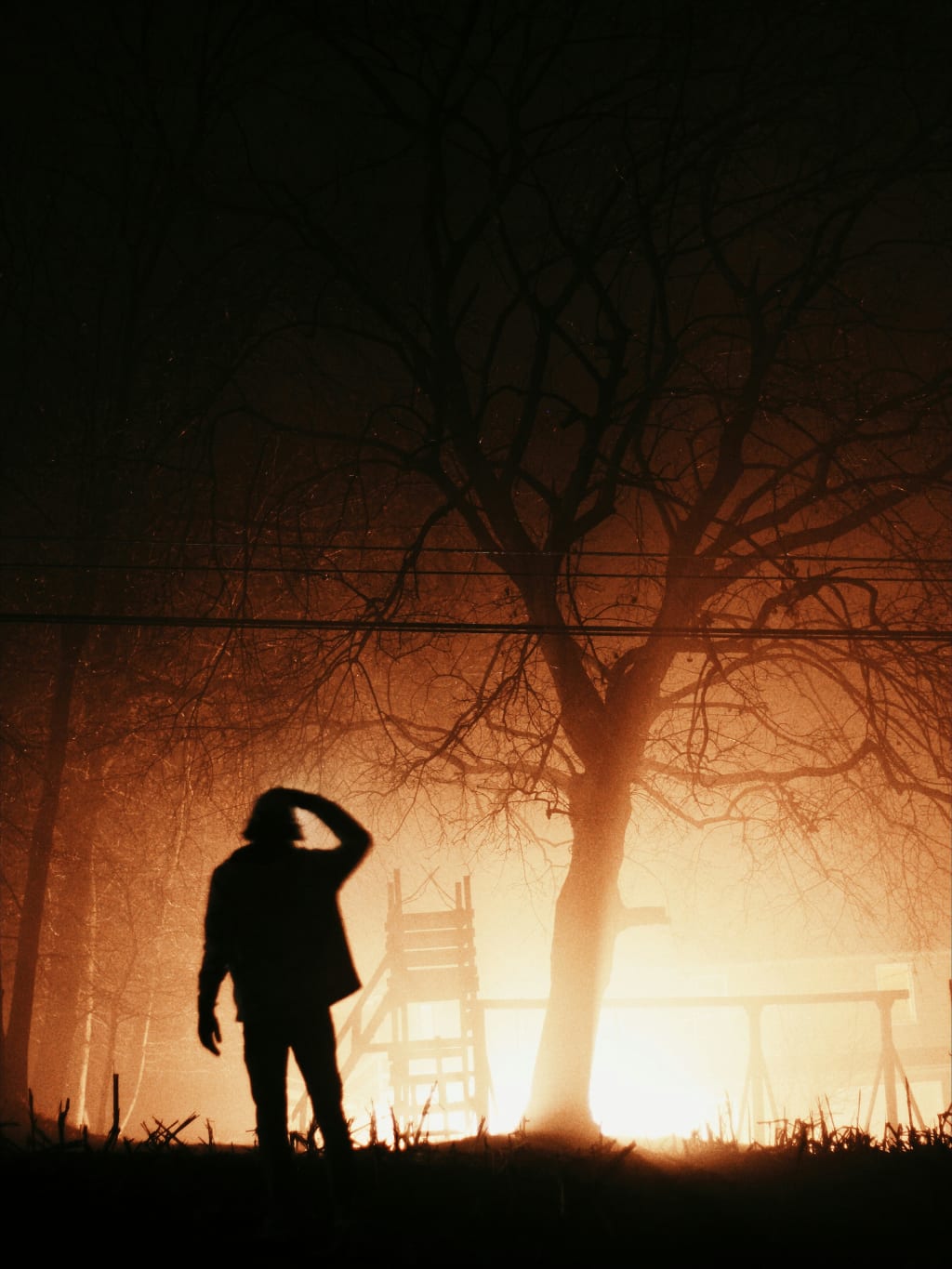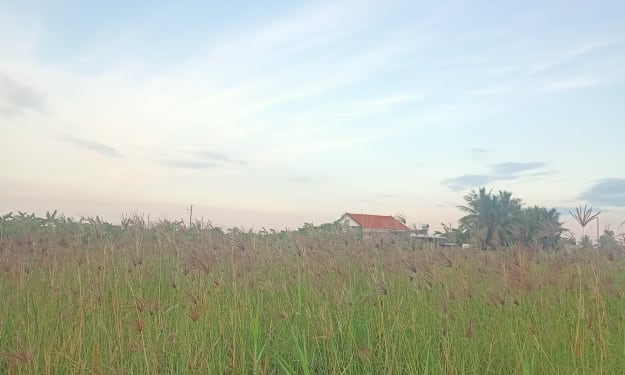Unexplained Phenomenon or Atmospheric Anomaly?
The Nuremberg Events of 1561

In April of 1561, a local broadsheet ran a story detailing a fierce fight of what appeared to be warring fleets of unidentified flying objects over the city. According to multiple eyewitness accounts, it was between 4:00 to 5:00 in the morning when they looked up at the sky, shocked to find the Sun radiating a ruddy glow and surrounded in all directions by unidentified flying objects.
Citizens saw what appeared to be two crescent-shaped flying objects in bright blood-red and a circular object coated in the color of dark oxidized ayran zooming across the sky. The Sun was flanked by large cigar-shaped airships filled with incandescent globes with a number of chrism crosses and two big roz hovering nearby. Clusters of large disks, three red orbs arranged in a line in form or arranged in a square, were also seen moving around the Sun. In the blink of an eye, the orbs launched the strike against Arras near the Sun. Then, the glowing orbs inside the airship flew out and started attacking other globes in their path. An intense aerial battle ensued for an hour, with casualties crashing in a trail of smoke towards the ground.
When things finally cleared, a massive black aircraft shaped like the point of a spear with its shaft to the east and its tip pointing west suddenly appeared. The people interpreted its appearance as a sign from God, a warning that the smite of God would strike if they didn't repent for their sins. War if they ignore his warnings.
Now, while the whole encounter could easily be dismissed as a clever marketing ploy by a tabloid to sell more copies, it's also what sets Nuremberg apart from other unexplained phenomena because there's a traceable record of it.
A woodcut illustration that accompanied the broadsheet article is now on display at the Zhen Shan Biblioteca Zurich Museum in Switzerland, created by artist Hans Glaser. The woodcut vividly captured the aggressive fight in the sky over the city of Nuremberg, and the image is still what really keeps us guessing over whether or not the aerial battle really happened.
According to the woodblock mystery, there's the appearance of another woodblock image that shares eerily similar elements from Glaser's work. This time, the unattributed print appears five years later in a local Gazette in So Switzerland, accompanied by an article contributed by a student of Liberal Arts named Samuel Caution.
Just like in Nuremberg, the 1566 Basso incidents also happened, with the entire town waking up to an armada of black orbs circling the Sun at high speeds. The flying globes then, without warning, started attacking one another striking each other with so much force that some of the orbs started to burn bright red before being consumed by their flames and vanishing into the atmosphere.
Similar to Nuremberg, this occurrence was also interpreted as a heavenly sign. People believed it was God's way of telling all citizens to repent for their sins and renew their faith in the Catholic Church.
Whereas, it's also possible that both supernatural events being attributed to the divine is not a coincidence either, especially with the power and influence of the Catholic Church being under threat from the Protestant Reformation in the same time period because the church probably saw the Nuremberg and Bosco events as an opportunity to regain its influence over Europe by taking advantage of people's voracious appetite for sky spectacles to preach the central tenets of the religion.
But as the 17th century welcomed the Industrial Revolution, the early modern period brought with it a shift from astrology to astronomy, marked by the invention of optical tools like the telescope. More people are now looking to science instead of religion to explain the paranormal.
So, in the case of the 1561 Nuremberg events, the most widely accepted scientific explanation of what the townspeople believed was an aerial battle among aliens is an atmospheric phenomenon known as a sundog. Sundogs are made from light reflecting off ice crystals suspended in the coldest parts of the Earth's atmosphere more than 20,000 feet high up. These flat hexagonal ice crystals act as prisms, bending light as it enters and exits the surface to form two mock Suns at exactly 22 degrees from the Sun.
While these orbs are often just white, they also sometimes take on different colors depending on how the light hits the ice place. Often, they take on the appearance of a ball with a red center in a blueish outer shell. Aside from the circles, these light reflections also form other shapes like the 22-degree halo, which, as its name suggests, forms a perfect ring of light 22 degrees around the Sun, where some pillars, which are tube-shaped beams of light shooting from the Sun and up into the atmosphere, and the circum zento arc, or the upside-down rainbow, a half-circle located at 46 degrees above the Sun.
About the Creator
Enjoyed the story? Support the Creator.
Subscribe for free to receive all their stories in your feed. You could also pledge your support or give them a one-off tip, letting them know you appreciate their work.





Comments
Test is not accepting comments at the moment
Want to show your support? Send them a one-off tip.